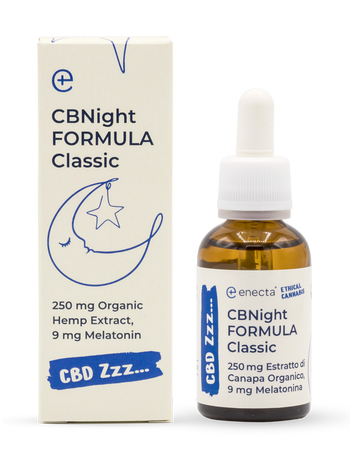The neuroprotectant properties of CBG in Huntington’s Disease were analysed in a study published in 2015 in PubMed.
The study was conducted on mice, divided in two categories, what the researchers demonstrated was how cannabigerol can contribute in improving motor deficiency and preserve the striatal neurons by contrasting toxicity.
CBG would be able to contribute in the increase of the reduced levels of antioxidant defences.
For the study transgenic mice were used, which means that their genome was modified by the insertion of genes belonging to other animal species. The transgenic mice are necessary for the realisation of model systems, useful for research of diseases, especially genetic ones.
Thanks to transgenic mice, researchers are able to develop an analysis of the pharmacological responses related to a specific pathology.
Huntington’s disease
Huntington’s Disease is a hereditary disease of the Central Nervous System which determines a degeneration of the basal ganglia and of the cerebral cortex.
Clinically it is characterized by pathological involuntary movements, severe alterations of behaviour, emotional and mood disorders as well as a progressive cognitive impairment. It can be accompanied by psychotic episodes and apathy.
The onset usually is between the ages of 30 and 50 (there also exist rare juvenile forms) and the evolution of the disease is slowly progressive and fatal after 16-20 years of the disorder.
The probability to inherit the gene of choreatic disorders from an ill parent is a 50%, often in the same family more affected individuals coexist.
Thanks to the discovery of the gene, in 1993, whose mutation is the cause of the disease, it is, today, possible to individuate through a genetic test who is a carrier.
This test is performed in specialized laboratories, but requires a thorough evaluation of the candidates due to the many problems of psychological and ethical nature it generated.
There are no medical drugs able to prevent, block or slow down the evolution of the disease.
There are many medicines available for the neurologist which can modify or mitigate some effects, like severest involuntary movements, depression, etc. but which cannot stop the progress of the disease.
How widespread is it ?
According to the estimates made at the University of British Columbia, presented in 2013 at the Annual Convention on Therapies for Huntington’s Disease promoted by Cure Huntington’s Disease Initiative in 2013 in Venice and published by the magazine Lancet, the cases of Huntington’s are increasing.
The epidemiological incidence of the disease has been calculated to be about 1 case every 10.000. Recent studies tend to increase this incidence to 12,3 sick individuals every 100.000.
In Italy, the affected individuals are about 6.000 cases with at least 12.000 more at risk to present the disease (it should be mentioned that these are estimates based on outdated epidemiological studies).
Only in Lombardy the “carriers of the gene with symptoms” are estimated to be more than a 1000. To these must be added the gene carriers not manifesting any symptoms yet.
In the hardship of the disease children which aren’t carriers of the gene, spouses and other family members must be considered.
Cannabigerol
Cannabigerol, known as CBG, is a phytocannabinoid, which unlike THC, and exactly like CBD is not psychotropic. CBG was identified for the first time in 1964 by the scientist Yehiel Gaoni and is composed of cannabigerolic acid (CBGA), one of the first cannabinoids formed in the cannabis plant.
CBG is considered an antagonist of the CB1 receptor of the endocannabinoid system. This means that it can inhibit the effects of the CB1 agonists, especially of THC, and hence interfere with the effects of other cannabinoids.
It is often called the father of all cannabinoids and not by case: just like a caring father CBG “bends” itself to the needs of nature, giving life to other Cannabis compounds like CBD and THC.
The Therapeutic Potential of CBG
In 2015, researchers of the department of Biochemistry and Molecular Biology of the Complutense University in Madrid, demonstrated the neuroprotectant properties of CBG.
The researchers used two different in vivo models of Huntington’s Disease in mice, characterized by a progressive collapse of the nervous cells in the brain.
The study discovered that CBG was very much active as a neuroprotectant, improving motor deficiencies and protecting the neurons at the same time.
If we take too much CBG, which are the possible side effects?
Scientific research on CBG isn’t substantial at the moment, like it is if we talk for example, about CBD, however when we consider side effects we have to start from the premise that each substance, also water, consumed in excessive doses can create side effects.
Do you want to know exactly how much milligrams of CBG to take?
Observing oneself is the right answer, if we decide to use CBG oil, the recommendation is to start with a few drops and then to find the dosage necessary for one’s individual needs, increasing or decreasing the dosage.
If you are thinking of using CBG it’s important and recommended to consult a physician!
































